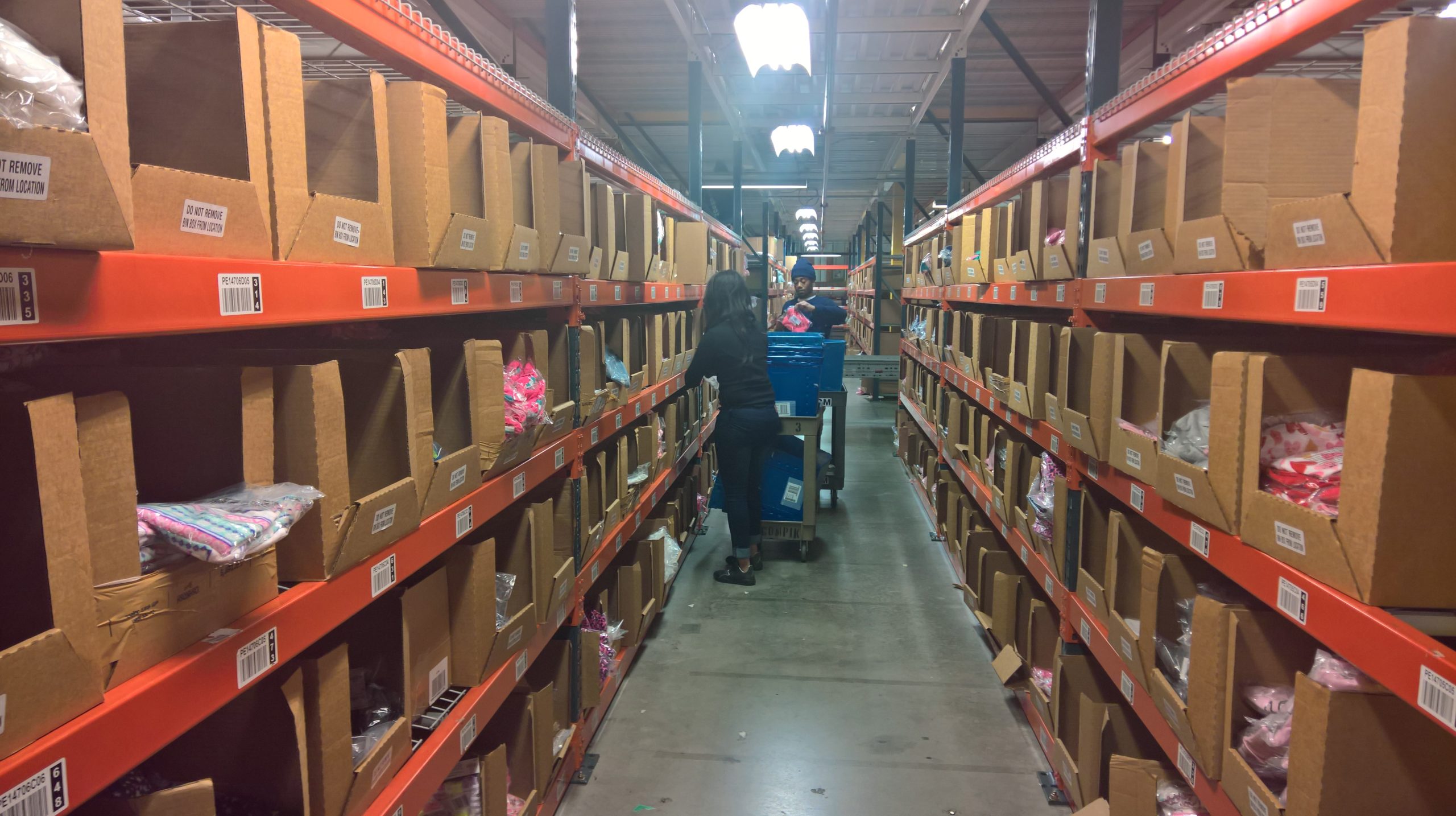Everyone seems to be preaching the need to improve slotting in the warehouse – myself included. But, the more that I study the needs for each specific situation, the more complicated the process becomes.
Of course, we don’t have a choice to slot – or not. In every warehouse all products must be assigned to some location when they are put-away so that we can find them again.
3 Key Objectives
It is most common to think of slotting as the process that we use to optimize picking. But, we may also use slotting and pick face sizing to optimize space utilization, or increasingly, to minimize the time and effort to receive and store incoming products.
There are several important factors to consider in choosing the right slotting method.
Just how big is the opportunity to save picking labor? With optimized slotting, will I save 30 pickers, or only 3?
Is the Pareto activity distribution of SKUs steep, or flat? Do just a few products account for most of the visits to the pick face, or is the daily activity spread across most of the product line? The steeper the Pareto, the more value we get from slotting.
Does the number of lines on an order require us to travel most of the pick path anyway? If so, the value of slotting by activity is diminished.
If the cube of an order is small enough, we may be able to pick several orders at a time, increasing the number of lines per pick tour? But, we will need a master pick list for each batch to request picks in storage location sequence.
Is the warehouse space constrained to the extent that we need to use more random location assignments to squeeze every cubic foot out of the available storage/pick face cube? We may need to store each receipt in a location that is just big enough to hold it and direct picking from one random location to the next.
If we have plenty of space, we may want to assign dedicated primary picking locations to each product that are large enough to accept new receipts so that we minimize the need for reserve storage and replenishment.
Are the receiving quantities getting smaller, such that the efficiency of the put-away tasks is almost as important as the efficiency of orderpicking? The time-honored practice of slotting by vendor, in part number sequence would make this much easier.
How fast will things change? Do 80% of the products carry over from year to year? Or, do 80% of them die and have to be removed and replaced?
Can we make special provisions for seasonal and promotional products that will have all of their activity concentrated in a very short time period?
What level of sophistication will my warehouse management system support? And, how much effort is required to maintain the slotting plan?
Slotting is an important and necessary process. It isn’t as simple as shortening the pick path. There are other critical processes in the warehouse that affect, and benefit from good slotting. A good solution will balance them all, and will probably include a combination of rules.
Like any journey, we must know where we are headed before we start down the path.
As of September 8, 2020, Crimson & Co (formerly The Progress Group/TPG) has rebranded as Argon & Co following the successful merger with Argon Consulting in April 2018.







